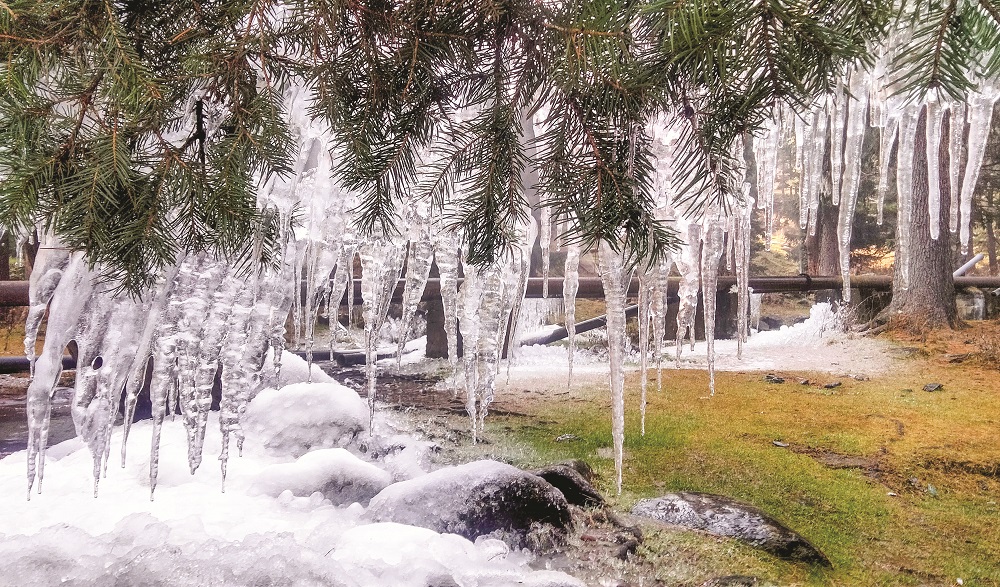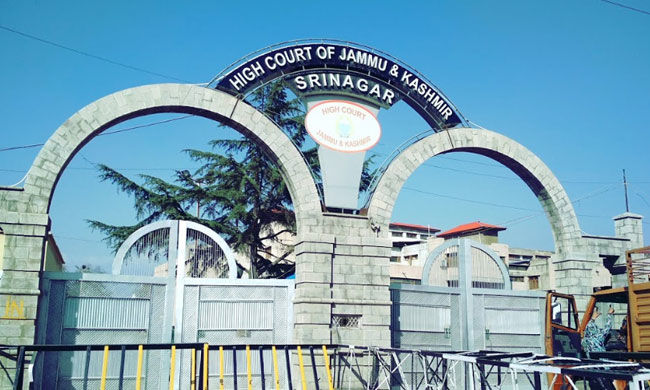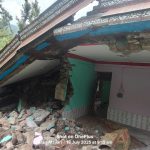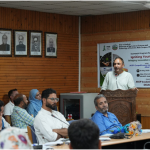Srinagar, Dec 20: As the harshest winter period in Kashmir Chillai-Kalan begins from December 21, Kashmir’s noted poet and historian Zareef Ahmad Zareef talks about how Chillai-Kalan’ was not a burden but was celebrated across Kashmir in the past.
He says people used to visit Harissa shops and sit in Hamams to celebrate the season.
While talking to Rising Kashmir Zareef said that Chillai-Kalan has its own history of more than 1000 years and the people of Kashmir would traditionally welcome this part of winter by staying inside their homes during the same period.
He said in old Srinagar where most people were artisans , they would often stay inside homes during the period, while in villages people were rearing sheep, weaving carpets, mate making, and other handlooms, he said.
“People were celebrating this season as they were mostly self-sufficient and were not dependent on anyone like the present society. There were fewer infections, and diseases as people would often eat as per the weather conditions,” he said.
Zareef said people in Srinagar would often visit Harissa shops, Hamams and during nights poets would often narrate their poetry in closed rooms. Tea and Kehwa was served at these small parties.
He said even before 50 years, there were four Harisa shops famous in Srinagar. In Downtown, it was in Aali Kadal, Saraf Kadal, and Fateh Kadal, while in the upper city it was Saribal and other parts.
The noted Kashmiri poet said, “Chillai Kalan is the period when Harissa-gaers (Harissa-Makers) do brisk business. People line up at the crack of dawn in freezing temperatures for the hot dish at traditional shops.”
Zareef says as Islam spread in the valley and their ancestors from Iran started calling this 40-day harsh winter period Chillai Kalan instead of ‘Sishshar Mass’ previously used by Buddhists.
In the Persian tradition, the night of December 21, the longest of the year, is celebrated as Shab-e-Yalda (night of birth) or Shab-e-Chelleh.
He said “Kashmir has a deep influence of Iran, it is also called small ‘Iran of Asia’ (Iran-i-Sageer) as the Valley has a deep connection both traditionally and religiously with its culture and traditions.
Zareef said Chillai Kalan is a Persian term in which Chilla means 40 days and Kalan means bigger.
“In the past, people were preparing in late summer months for harsh winters in advance to remain self-sufficient. There was a special space called ‘Wagga’ in every house for drying the vegetables, fishes, and pulses in the sunshine,” he said.
Recalling his childhood, he had witnessed snowfall up to two storeys of his house. “People from Dal interiors would come and lay down the snow from rooftops,” he said.
Zareef said that there used to be 3 to 4 feet deep snowfall in Srinagar and even more in the higher reaches. “The architecture of homes back then was much more suitable to face this winter period,” he said.
Zareef said Kangri ( firepot) and Kangri and Hamaams were the main sources of warmth during the winters. People in the upper reaches would burn firewood in their mud houses, he said.
“Now the situation has changed as the atmosphere due to climatic change and modern gadgets replaced traditional Kangri and other systems. History of Chillai Kalan has now remained a folk tale for our new generation,” he said.
To mention the 40-day Chillai Kalan is followed by the ‘Chillai Khurd’ and ‘ChillaiBacha’, which witness a rise in day temperatures.








